Bowling in One Day Internationals (ODIs) demands accuracy, skill, and the ability to contain runs under pressure. However, not all bowlers have succeeded in this task. Some have consistently conceded runs at an alarming rate, making them part of an unwanted list. This article highlights bowlers with the Most Worst Career Economy Rates in ODI history. The bowlers featured here, despite their talent, struggled to keep the run rate down, often becoming liabilities for their teams. Let’s explore the top 10 bowlers with the Most Worst Career Economy Rates in ODI cricket.
List of 10 Most Worst Career Economy Rates in ODI Cricket History
10. PADLR Sandakan
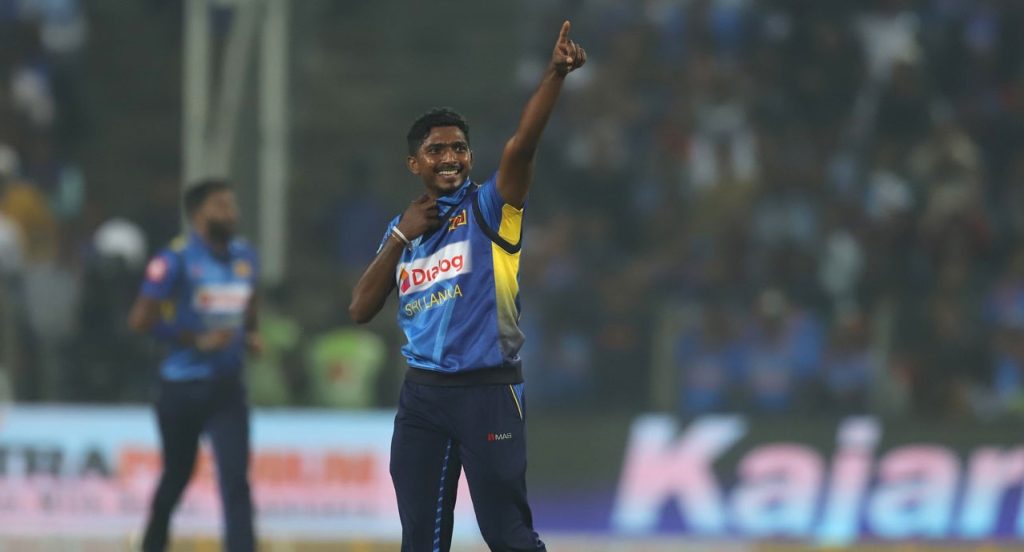
Lakshan Sandakan, a left-arm wrist-spinner from Sri Lanka, had a tough time in ODIs, especially when it came to keeping the runs in check. His variations didn’t help him control the opposition batters effectively. Despite taking 27 wickets in his career, his economy rate reached 6.20, putting him among the bowlers with the Most Worst Career Economy Rates in ODI history. Sandakan often found it hard to maintain consistency, and batters took advantage of his loose deliveries Most Worst Career Economy Rates in ODI.
| Career Span | Matches | Runs Conceded | Wickets | Economy Rate |
|---|---|---|---|---|
| 2016–2021 | 31 | 1539 | 27 | 6.20 |
9. JB Little

Josh Little is a fast bowler from Ireland known for his aggression, but his control often lacked in the ODI format. Even though he has taken over 60 wickets, his economy rate of 6.21 makes him a regular in discussions about the Most Worst Career Economy Rates in ODI. His pace sometimes works against him when his line and length are not precise, which has allowed batters to dominate him in multiple games.
| Career Span | Matches | Runs Conceded | Wickets | Economy Rate |
|---|---|---|---|---|
| 2019–2025 | 42 | 2095 | 61 | 6.21 |
READ MORE: Top 10 Most Highest Runs in the England T20 Blast
8. SN Thakur

Shardul Thakur has shown his value as a bowler who can take wickets, but his inability to stop the flow of runs has been a concern for the Indian team. His economy rate of 6.22 reflects how often he has been targeted by batters. Even though he has contributed with crucial breakthroughs, he’s among those with the Most Worst Career Economy Rates in ODI cricket, often being expensive in crucial overs.
| Career Span | Matches | Runs Conceded | Wickets | Economy Rate |
|---|---|---|---|---|
| 2017–2023 | 47 | 2014 | 65 | 6.22 |
7. SM Curran
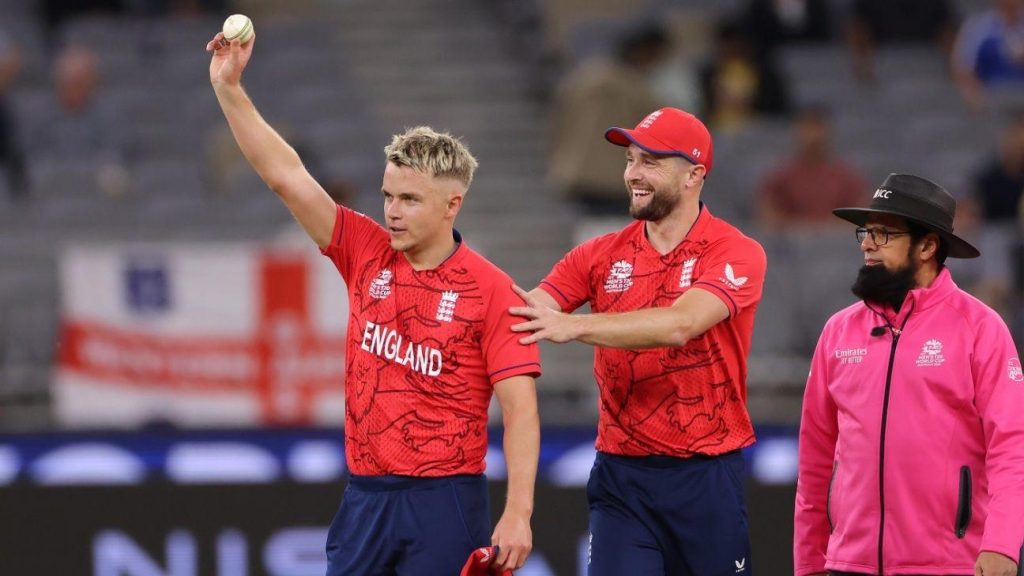
Sam Curran’s potential as an all-rounder is undeniable, but in ODIs, his bowling economy rate tells a different story. Despite showing flashes of brilliance, his overall economy rate of 6.23 keeps him on the list of bowlers with the Most Worst Career Economy Rates in ODI. Batters often target him, especially in the middle overs, making it hard for him to control the innings.
| Career Span | Matches | Runs Conceded | Wickets | Economy Rate |
|---|---|---|---|---|
| 2018–2024 | 35 | 1376 | 33 | 6.23 |
6. JDS Neesham
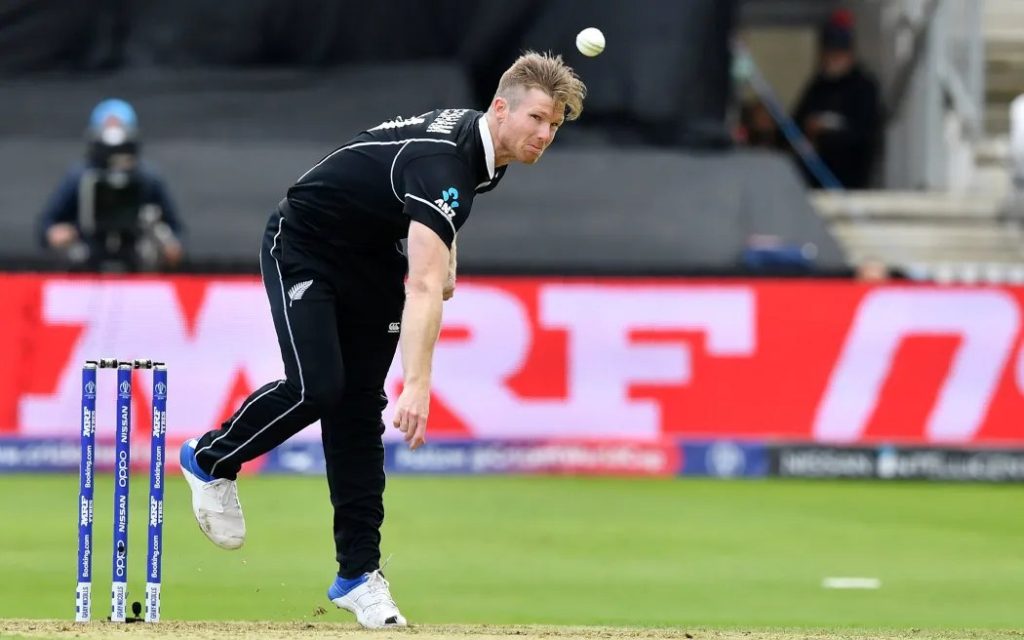
Jimmy Neesham, though reliable with both bat and ball, has struggled to keep his economy rate down. His career economy of 6.26 places him firmly among players with the Most Worst Career Economy Rates in ODI. While he delivers breakthroughs occasionally, the high number of runs he concedes often puts pressure back on his team during key moments in the game.
| Career Span | Matches | Runs Conceded | Wickets | Economy Rate |
|---|---|---|---|---|
| 2013–2023 | 76 | 2556 | 71 | 6.26 |
5. M Jansen
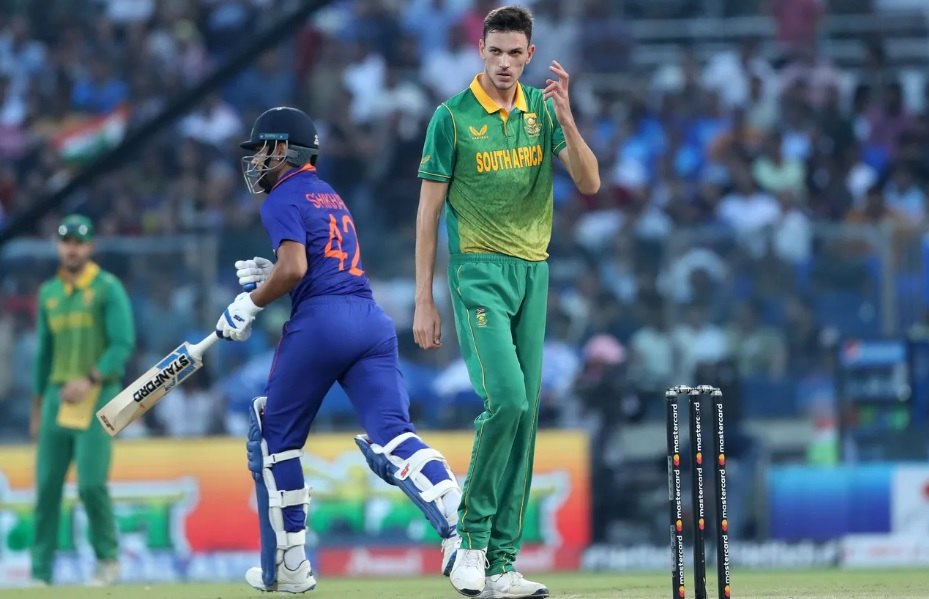
Marco Jansen, a tall left-arm pacer, has risen quickly in international cricket, but his economy rate in ODIs is a matter of concern. With an economy of 6.27, he features prominently on the list of bowlers with the Most Worst Career Economy Rates in ODI. Though he has pace and bounce, his tendency to leak runs keeps him from becoming a dependable option in tight matches.
| Career Span | Matches | Runs Conceded | Wickets | Economy Rate |
|---|---|---|---|---|
| 2022–2025 | 29 | 1462 | 45 | 6.27 |
4. JW Dernbach
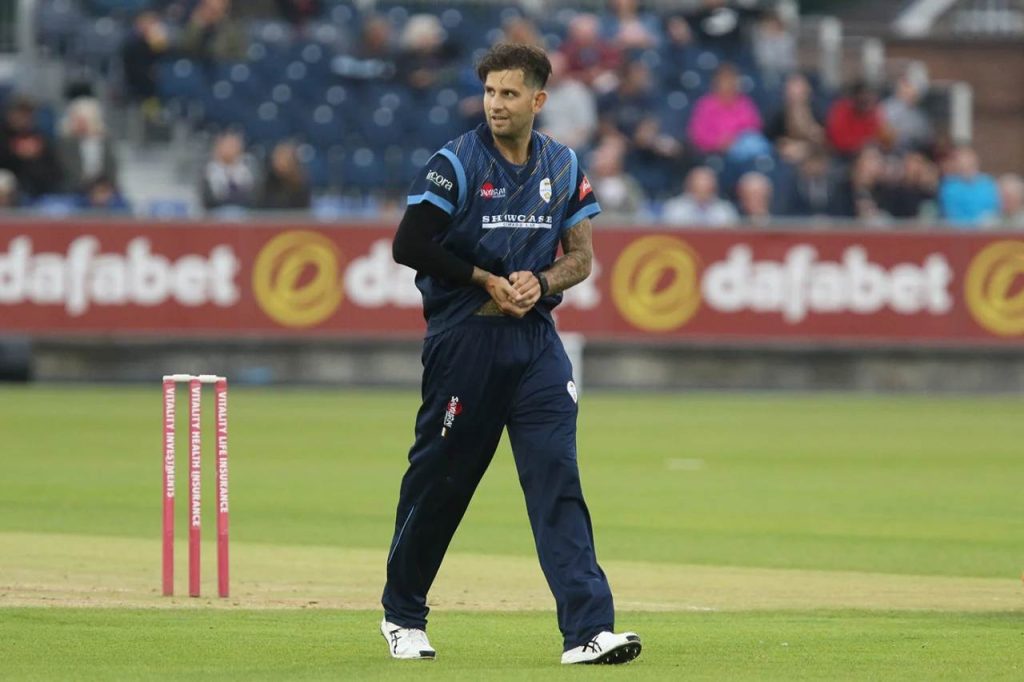
Jade Dernbach’s ODI career was short but not very effective in terms of economy. Despite having good slower balls and cutters, he conceded runs at a high rate. His economy rate of 6.35 remains one of the Most Worst Career Economy Rates in ODI history, and it cost him his spot in the team as he failed to build consistent pressure through his spells.
| Career Span | Matches | Runs Conceded | Wickets | Economy Rate |
|---|---|---|---|---|
| 2011–2013 | 24 | 1308 | 31 | 6.35 |
3. CBRLS Kumara

Lahiru Kumara’s raw pace makes him a threat, but his inability to maintain accuracy has made him a high-risk bowler. His economy rate of 6.48 ranks him among bowlers with the Most Worst Career Economy Rates in ODI cricket. Despite taking wickets, he regularly allows too many runs, which impacts the overall team strategy.
| Career Span | Matches | Runs Conceded | Wickets | Economy Rate |
|---|---|---|---|---|
| 2017–2025 | 32 | 1404 | 42 | 6.48 |
2. BA Carse
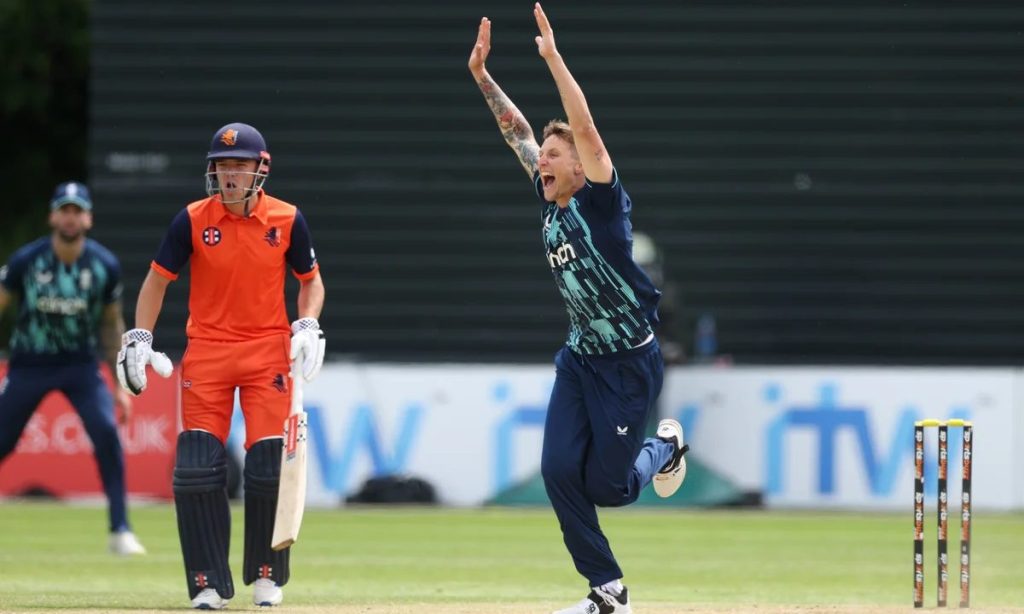
Brydon Carse, a newer face in England’s bowling setup, has struggled with economy in his limited ODI career. His economy rate of 6.53 puts him just behind the worst, making him part of the Most Worst Career Economy Rates in ODI category. Despite having the ability to take wickets, he finds it hard to bowl tightly in key moments.
| Career Span | Matches | Runs Conceded | Wickets | Economy Rate |
|---|---|---|---|---|
| 2021–2025 | 24 | 1102 | 28 | 6.53 |
READ MORE: Top 10 Most Extras Conceded in an ICC Champions Trophy ODI Innings
1. PKD Chase
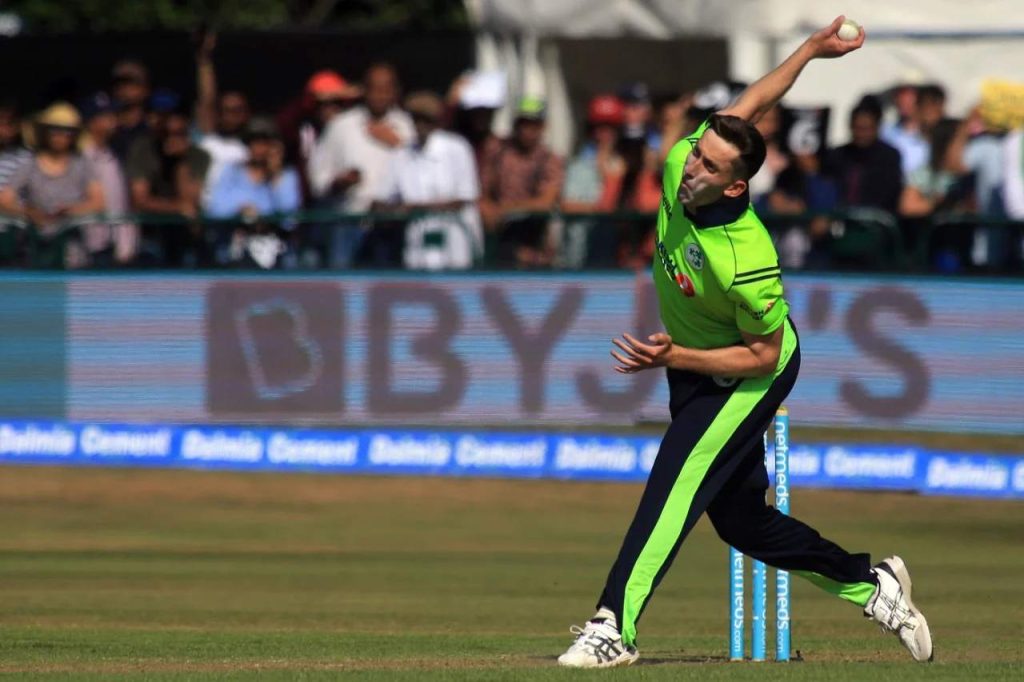
Peter Chase from Ireland tops the list with the Most Worst Career Economy Rates in ODI history. His economy of 6.57 is the highest among bowlers with a minimum number of games. Despite taking 34 wickets in 25 matches, he was consistently expensive. His performances lacked control, and he frequently gave away momentum to the opposition through loose overs.
| Career Span | Matches | Runs Conceded | Wickets | Economy Rate |
|---|---|---|---|---|
| 2015–2018 | 25 | 1356 | 34 | 6.57 |
While these bowlers have had individual moments of brilliance, their high economy rates have been a constant concern. Being economical is just as important as taking wickets in ODI cricket. The players listed above have the Most Worst Career Economy Rates in ODI history and serve as examples of how conceding too many runs can impact a bowler’s role and the team’s chances. Controlling the run rate remains one of the most vital elements of successful ODI bowling, and these bowlers highlight what happens when that balance is lost.